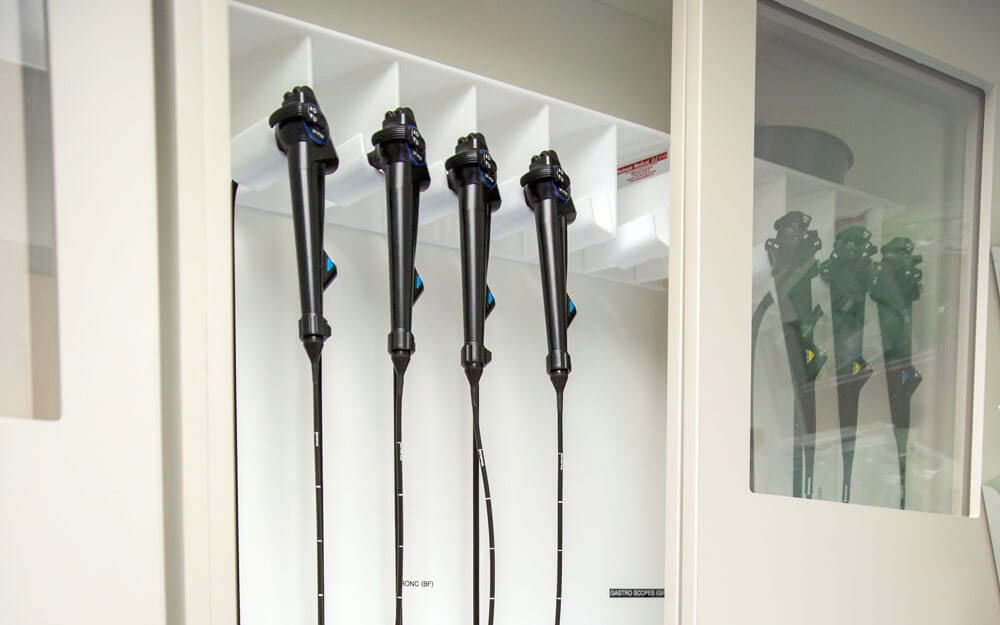
Internal damage to endoscope channels offers a potential haven for bacteria and patient soil and contributes to inadequate reprocessing.
New research shows contaminants can easily attach to and ultimately be protected by damaged surfaces inside endoscope channels – dips and crevices – because that same damage can also decrease the effectiveness of endoscope reprocessing.
A Journal of Hospital Infection study highlights the association between increased use of endoscopes and accessories and the likelihood of bacterial attachment on the inside of endoscope channels.
Flexible endoscopes are complex, delicate instruments. Most endoscope channels are made with polytetrafluoroethylene tubing, which is smooth, durable and resistant to chemicals. The material, however, is also not very flexible and can be damaged due to overbending.
Reprocessing flexible endoscopes is a long, arduous process that includes 50 to 100 steps. Those steps must be strictly followed to ensure adequate cleaning and disinfection. But there have also been recorded cases in which strict adherence to manufacturer reprocessing guidelines did not remove all harmful contaminants from endoscopes.
As this study notes, this may be because of damage to the internal channels of endoscopes during use.
“The increased roughness of the interior surface of used endoscope channels provides a favorable habitat for bacteria and patient soil to attach, making cleaning and decontamination more difficult, and facilitating biofilm growth,” the authors write.
Contaminants on endoscopes post-reprocessing have been linked to patient infections, including infections from multidrug-resistant bacteria.
There have been multiple recorded instances of multidrug-resistant patient infections that were a result of contaminated duodenoscopes – a type of flexible endoscope used in endoscopic retrograde cholangiopancreatography (ERCP).
As the Journal of Hospital Infection study notes, lingering contaminants are often traced back to biofilm on damaged parts of an endoscope. Biofilm is notoriously difficult to remove, once formed, and has been shown to even protect infectious agents from disinfectants during reprocessing.
Multiple factors can contribute to endoscope damage. These include general wear and tear as the devices are used and potential mishandling during reprocessing.
This study demonstrated that accessories vital to endoscopic procedures may damage polytetrafluoroethylene tubing as they pass through endoscope channels. This damage creates more places where biofilm can form and harbor infectious organisms.
For example, researchers found the polytetrafluoroethylene tubes had much greater numbers of E. coli and E. faecium bacteria as compared to new tubing, if biopsy forceps had passed through the channels 500 times. The channel damage was also greater if biopsy forceps had passed through the channels 500 times as compared with 100 or even 200 times.
The study’s authors conclude that endoscopic accessories need to be redesigned to protect the inside of endoscope channels during procedures. In addition, better surveillance during reprocessing is needed for channel damage and biofilm formation.


